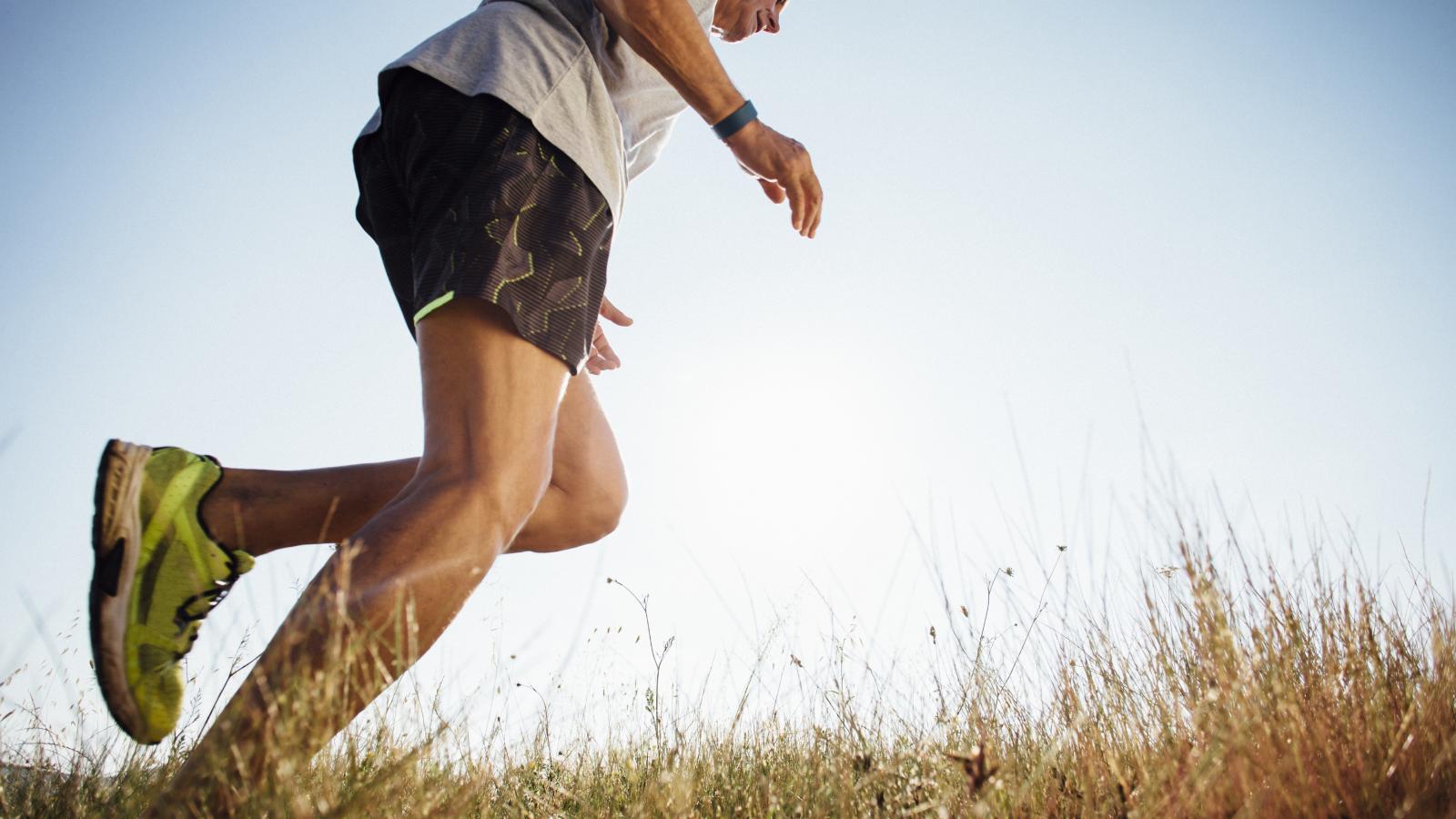Running FAQs

Your Personal Best
Running FAQs
Below are some of the most commonly asked questions when people start jogging or running.
How do I get started?
Start walking for a length of time that feels comfortable - anywhere from 10 to 30 minutes. Once you can walk for 30 minutes easily, sprinkle 1 to 2 minute running sessions into your walking. As time goes on, make the running sessions longer, until you're running for 30 minutes straight. See the Athletics Ireland walk your first run blog post for more tips and advice.
Do I need to stretch before I run?
Warming up is a key part of any exercise routine, so time is best spent warming up the muscles rather than stretching before activity. Do a couple of minutes of light aerobic exercise to loosen up your muscles and warm you up for your run. Some good pre-run warm-up exercises include walking briskly, marching, jogging slowly, or cycling on a stationary bike. Make sure you don't rush your warmup.
Where can I find someone to run with?
Can I join a running club even though I can’t run very far?
Athletics Ireland has a mission to support and develop athletics across all ages, disciplines, and abilities and to contribute positively to increasing physical activity levels across the entire population. Their clubs are a great starting point for anyone thinking about getting involved in running, with many running Fit4Life, Couch to 5k, and beginner programmes, so make sure to get in touch with your local club.
What footwear do I need?
Running doesn't require much outside of the will to start, but you have to have a good pair of running shoes. Running shoes are designed to help your foot strike the ground properly, reducing the amount of shock that travels up your leg. They're also made to fit your foot snugly, which reduces the slipping and sliding that can lead to blisters
How is running on a treadmill different from outdoor runs?
A treadmill "pulls" the ground underneath your feet, and you don't face any wind resistance, both of which make running somewhat easier. Many treadmills are padded, making them a good option if you're carrying a few extra pounds or are injury-prone and want to decrease impact. To better simulate the effort of outdoor running, you can always set your treadmill at a 1-percent incline.
Where should I run?
The beauty of running is that it's right outside your front door. You can run anywhere that's safe and enjoyable to do so. The best running routes are scenic, well lit, free of traffic, and well populated. Think of running as a way to explore new territory. Some of our suggestions would be to check out your local Blueway or parkrun.
I always feel out of breath when I run-is something wrong?
Yes, you're probably trying to run too fast. Relax. Slow down. One of the biggest mistakes beginners make is to run too fast. Concentrate on breathing from deep down in your belly, and if you have to, take walking breaks.
How do I prevent getting a side stitch when I run?
Side stitches are common among beginners because your abdomen is not used to the jostling that running causes. Most runners find that stitches go away as fitness increases. Also, don't eat any solid foods during the hour before you run. When you get a stitch, breathe deeply, concentrating on pushing all of the air out of your abdomen. This will stretch out your diaphragm muscle (just below your lungs), which is usually where a cramp occurs.
All exercises on the Your Personal Best section of the Sport Ireland website are intended for people of all fitness levels. However, if it has been a while since you’ve exercised or you have any concerns about your health please seek medical advice before starting a new exercise routine.
Public Health Guidelines COVID-19 (Coronavirus)
We all have a responsibility to protect ourselves and those around us. The latest information, advice and guidelines regarding Covid-19 is available on Gov.ie
